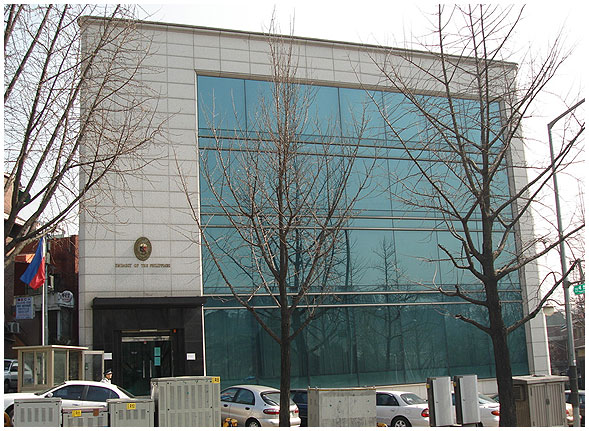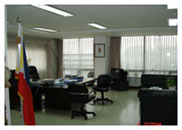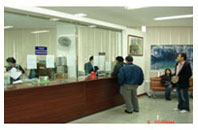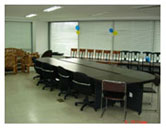

| • HOME › 60TH ANNIVERSARY CONRNER › HISTORY |
Philippines-South Korea Bilateral Relations: A Quick Look
Bilateral relations between the Philippines and South Korea began on March 3, 1949 when the Philippines became the fifth country to extend diplomatic recognition to the Republic of Korea. The friendship was cemented by the Philippine deployment of the Philippine Expeditionary Force to Korea (PEFTOK), under the auspices of the UN Command, during the Korean War in the 1950s to help South Korea defend itself from the invasion of the North.
 The Philippine Monument in Goyang City
|
The first of five battalions arrived in Busan on 19 September 1950, making the Philippines the third country to send ground combat troops to South Korea. Of the more than 7,000 soldiers who were stationed in South Korea over a five-year period, 116 paid the ultimate price of freedom with their lives.
After the Armistice, South Korea sent H.E. Kim Yong-Ki as its first Ambassador to Manila on 19 January 1954. In May of the same year, the Philippines established a legation in Seoul led by Minister Tomas de Castro, who was appointed as Envoy Extraordinary and Minister Plenipotentiary of the Philippines in the country. In 1958, the Philippines opened an Embassy in Seoul under Ambassador Eduardo Quintero. |
Among those who took part in the Korean War was former Philippine President Fidel V. Ramos, as well as two later ambassadors to South Korea, the late Col. Nicanor Jimenez and Gen. Ernesto Gidaya.
For 60 years, the friendship that had blossomed between the two countries grew from purposive military collaboration to a more comprehensive partnership that covers the political-security, socio-cultural, economic and development fields.
 The backside of the P500 bill, which shows Philippine hero Ninoy Aquino as a war correspondent during the Korean War
|
Today, the Philippines is among South Korea’s top trading partners. The Korea International Trade Association reports that bilateral trade from January to November 2008 reached $7.67 billion with Philippine exports at $2.95 billion and Korean exports at $4.72 billion. Top Philippine exports include semiconductor components and fresh produce. South Korea is also a top investor in the Philippines with companies such as Hyundai Engineering, Hanjin Shipbuilding and several resort-builders maintaining a strong presence in the Philippines. |
People-to-people exchange is very vibrant. In 2008, South Korea became the top sender of visitors to the Philippines for three years running, ahead of the US and Japan. More than 600,000 South Koreans visited the Philippines last year, contributing to 19.5% of the tourist market share. South Koreans is also the country’s top source of foreign students and retirees. A conservative estimate of 80,000 Koreans live in the Philippines.
Meanwhile, 59,000 Filipinos reside in South Korea as students, workers, professionals, spouses of Korean nationals or missionaries.
 |
 |
 |
 |
The Philippine Embassy in Itaewon, Seoul
The Philippines and South Korea cooperate actively in the multilateral arena, working closely in the United Nations, Asia-Pacific Economic Conference, ASEAN, World Trade Organization, Forum for East Asian and Latin American Cooperation, and others.
The Philippines is an active supporter of the inter-Korean peace process and reconciliation efforts. It joins the international community in calling for the denuclearization of the Korean Peninsula as a crucial step for the security and continued economic development of the region and strongly advocates a diplomatic solution to the North Korean nuclear issue.
High-level policy consultations between the Philippines and South Korea are done on a regular basis.


